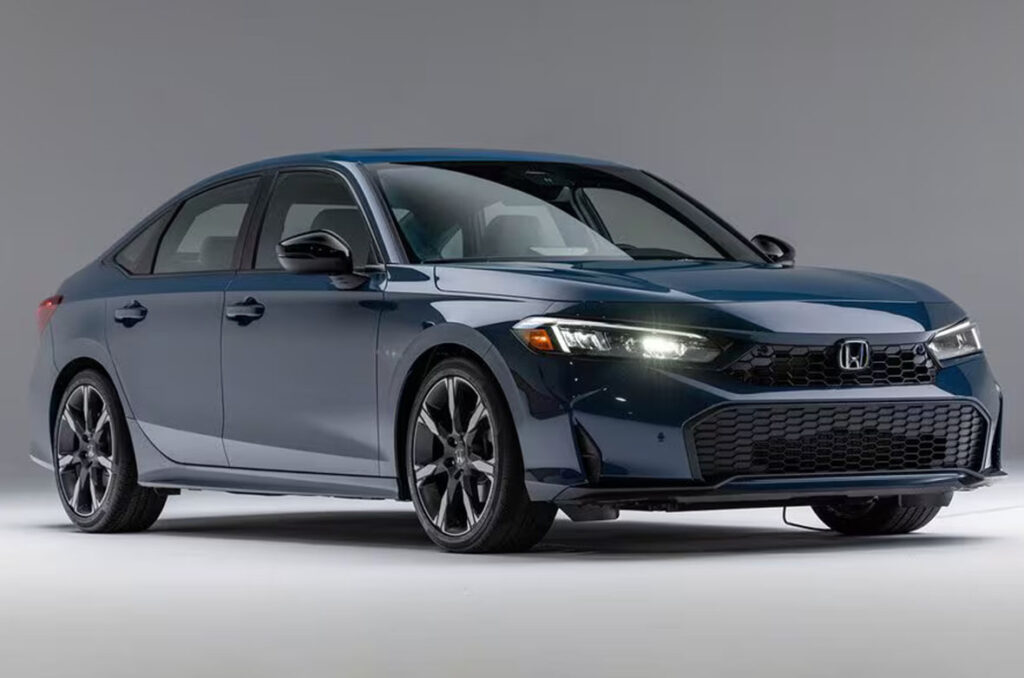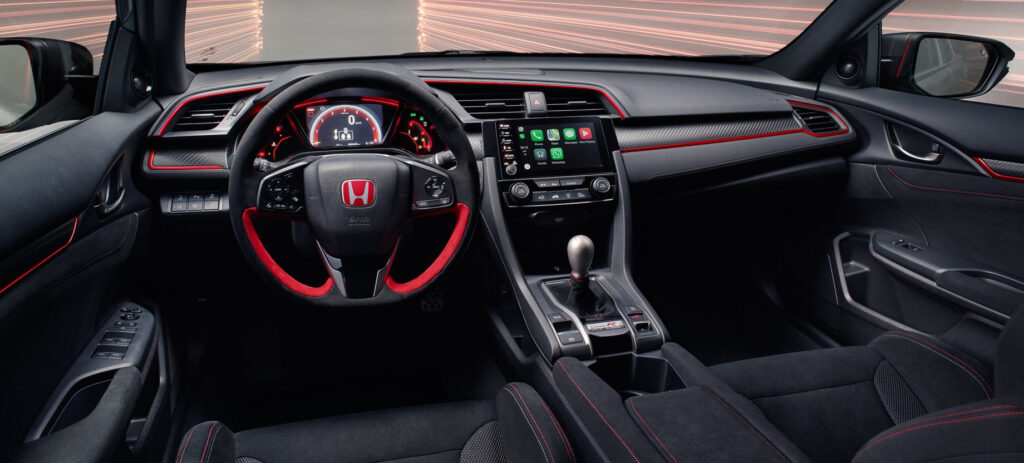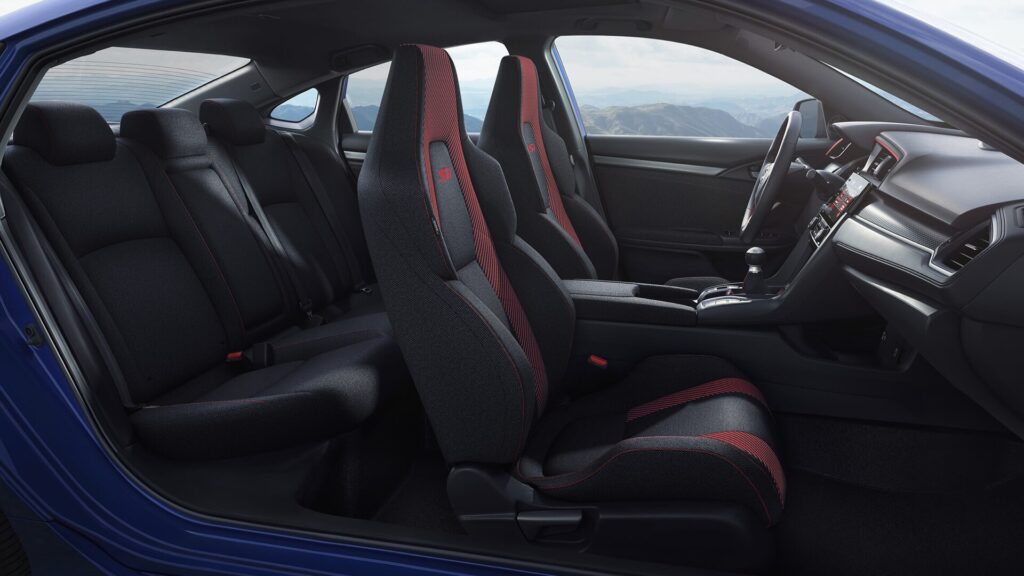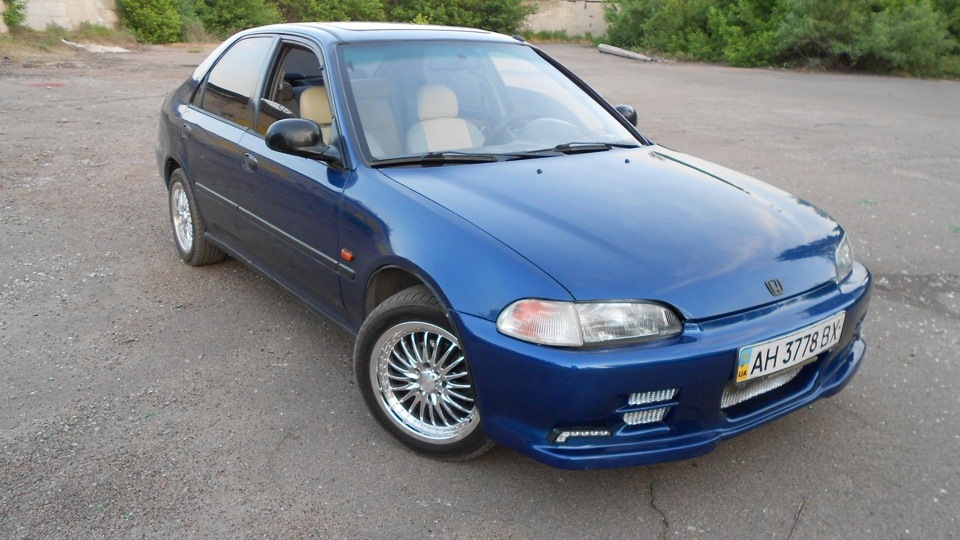The Honda Civic: A Legacy of Reliability, Innovation, and Style
The Honda Civic, a compact car introduced by the Japanese automaker Honda in 1972, is one of the most iconic and successful vehicles in automotive history. Over its decades-long production, the Civic has evolved from a humble, fuel-efficient hatchback to a versatile lineup of sedans, coupes, hatchbacks, and even performance-focused variants. It has consistently combined practicality, reliability, and innovation, making it a favorite among drivers worldwide. This essay delves into the Civic’s history, design, engineering, cultural impact, and what makes it a standout vehicle in its class.

A Rich History of Evolution
When the first Honda Civic debuted in 1972, the automotive world was vastly different from today. Rising fuel prices during the oil crisis of the 1970s created a demand for economical cars, and the Civic fit the bill perfectly. Compact, affordable, and fuel-efficient, the first-generation Civic quickly gained popularity. Its reliable 1.2-liter engine and simple design made it accessible for everyday use, while its compliance with stringent emissions regulations positioned Honda as a forward-thinking automaker.
As the Civic evolved through subsequent generations, Honda refined the formula. The car grew in size, power, and technological sophistication. In the 1980s, Honda introduced the CVCC (Compound Vortex Controlled Combustion) engine, a groundbreaking technology that improved fuel efficiency and reduced emissions. The Civic became synonymous with innovation and environmental consciousness, traits that remain central to its identity.
Design and Engineering
One of the Civic’s key strengths is its adaptable and thoughtful design. Over the years, the Civic has been offered in various body styles, including two-door coupes, four-door sedans, and versatile hatchbacks. Each iteration balances form and function, ensuring the car appeals to a broad audience.

The Civic’s design philosophy emphasizes aerodynamics, interior space, and driver-focused ergonomics. For example, the tenth-generation Civic, introduced in 2015, featured a bold and aggressive exterior design with sharp lines, a low stance, and a coupe-like silhouette, signaling a shift towards a sportier aesthetic. The current eleventh generation builds on this foundation with a more refined and minimalist design, appealing to modern sensibilities.
Inside, the Civic offers class-leading comfort and practicality. The cabin is spacious, with clever storage solutions and high-quality materials that rival more expensive vehicles. Honda’s focus on user-friendly technology is evident in its intuitive infotainment system, which includes features like Apple CarPlay, Android Auto, and advanced driver-assistance systems (ADAS) such as adaptive cruise control, lane-keeping assist, and collision mitigation braking.
Performance and Efficiency
The Honda Civic has always been lauded for its excellent balance between performance and fuel efficiency. Its range of engines caters to various needs, from economical daily driving to spirited performance.
The standard models typically feature small-displacement, naturally aspirated engines or turbocharged powerplants. These engines are renowned for their durability, smoothness, and fuel efficiency, often achieving over 30 miles per gallon in city driving and over 40 mpg on the highway.
For enthusiasts, the Civic Si and Civic Type R represent the pinnacle of performance within the lineup. The Civic Si, a sportier variant introduced in the 1980s, offers enhanced handling, a peppier engine, and dynamic styling without compromising practicality. The Civic Type R, on the other hand, is a track-focused powerhouse with aggressive aerodynamics, a high-performance 2.0-liter turbocharged engine, and advanced suspension systems. It has gained a cult following among car enthusiasts and consistently ranks as one of the best front-wheel-drive performance cars on the market.
Reliability and Longevity
One of the reasons for the Civic’s enduring popularity is its reputation for reliability. Honda is known for engineering cars that last, and the Civic is no exception. Many Civics on the road today have exceeded 200,000 miles with proper maintenance. This reliability contributes to its strong resale value, making it a smart investment for buyers.

Honda’s commitment to quality is evident in the Civic’s construction and engineering. From robust engines to durable transmissions, the Civic is built to withstand the test of time. The automaker’s meticulous attention to detail extends to its safety features, which consistently earn the Civic high marks in crash tests conducted by organizations like the Insurance Institute for Highway Safety (IIHS) and the National Highway Traffic Safety Administration (NHTSA).
Cultural Impact
The Honda Civic has had a profound cultural impact, particularly in the United States. It has been a staple of the automotive scene for decades, beloved by first-time car buyers, families, and car enthusiasts alike.
In the 1990s and 2000s, the Civic became a favorite in the burgeoning tuner culture. Its affordability, lightweight design, and aftermarket support made it an ideal platform for modifications. From engine swaps to suspension upgrades and custom paint jobs, the Civic became a blank canvas for car enthusiasts to express their creativity. It even gained fame in pop culture, with appearances in movies like The Fast and the Furious cementing its status as a tuner icon.
Beyond the tuner community, the Civic’s appeal spans demographics. Its practicality and affordability make it a popular choice for students, young professionals, and families. Meanwhile, its strong reputation for safety and efficiency attracts eco-conscious and budget-minded buyers.
Environmental Consciousness
As environmental concerns have grown, Honda has positioned the Civic as a leader in green technology. The introduction of hybrid variants, like the Civic Hybrid, demonstrates Honda’s commitment to reducing its carbon footprint. The Civic Hybrid combines a gasoline engine with an electric motor to achieve exceptional fuel economy and lower emissions.
In recent years, Honda has expanded its efforts with the development of electric and plug-in hybrid models, signaling the company’s transition toward a more sustainable future. These advancements ensure the Civic remains relevant in an era of shifting automotive priorities.
Global Popularity
The Honda Civic is a global success story, sold in over 170 countries and regions. Its universal appeal lies in its ability to meet the diverse needs of drivers worldwide. In North America, it is often seen as a practical and stylish compact car. In Asia, it is a symbol of reliability and efficiency. In Europe, its sporty variants cater to enthusiasts who appreciate sharp handling and performance.

Honda’s ability to tailor the Civic to regional markets has been a key factor in its success. For instance, the European Civic emphasizes hatchback models and performance, while the North American market favors sedans and practicality.
Conclusion
The Honda Civic’s legacy is a testament to Honda’s ability to innovate, adapt, and deliver a product that resonates with drivers. From its humble beginnings as a small, fuel-efficient car to its current status as a versatile and technologically advanced lineup, the Civic has remained a benchmark in the compact car segment.
Its blend of reliability, performance, efficiency, and affordability ensures its continued success in a competitive automotive market. Whether as a practical daily driver, a performance machine, or an environmentally conscious choice, the Honda Civic has something to offer everyone. As Honda moves toward an electrified future, the Civic will undoubtedly continue to evolve, solidifying its place as one of the most beloved and enduring cars in history.
 Blooket Join Blooket Join
Blooket Join Blooket Join








It is very beautiful